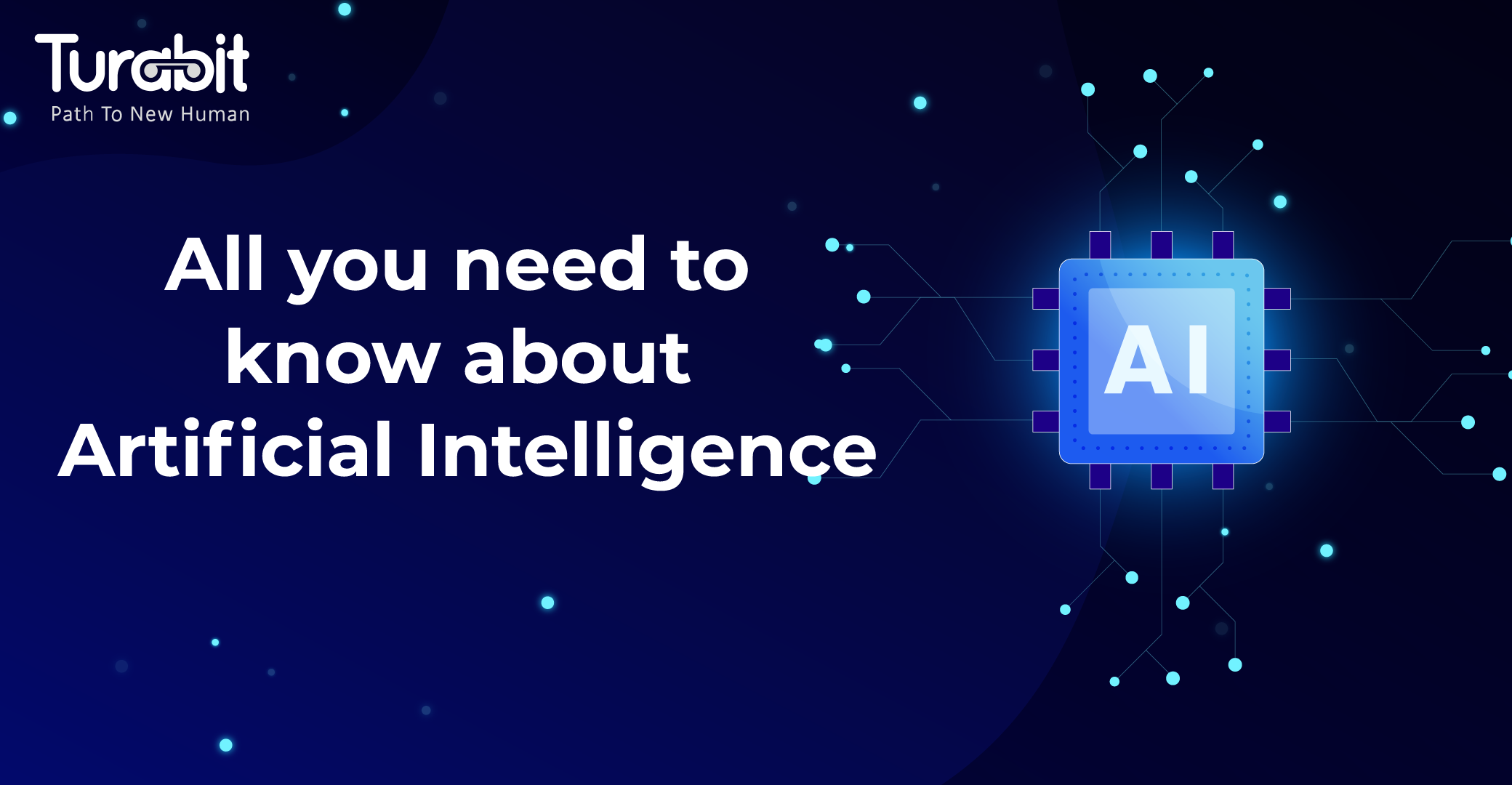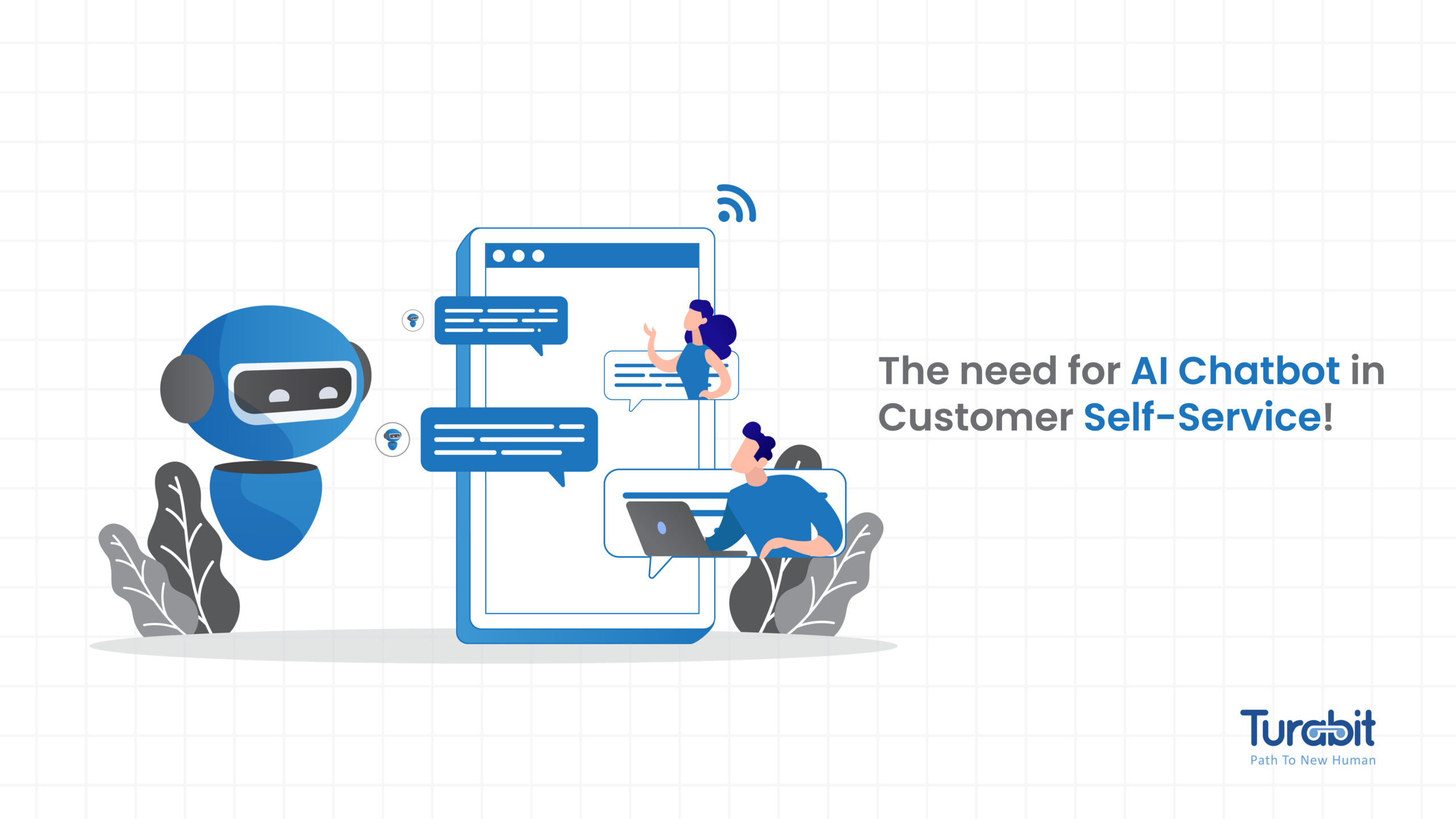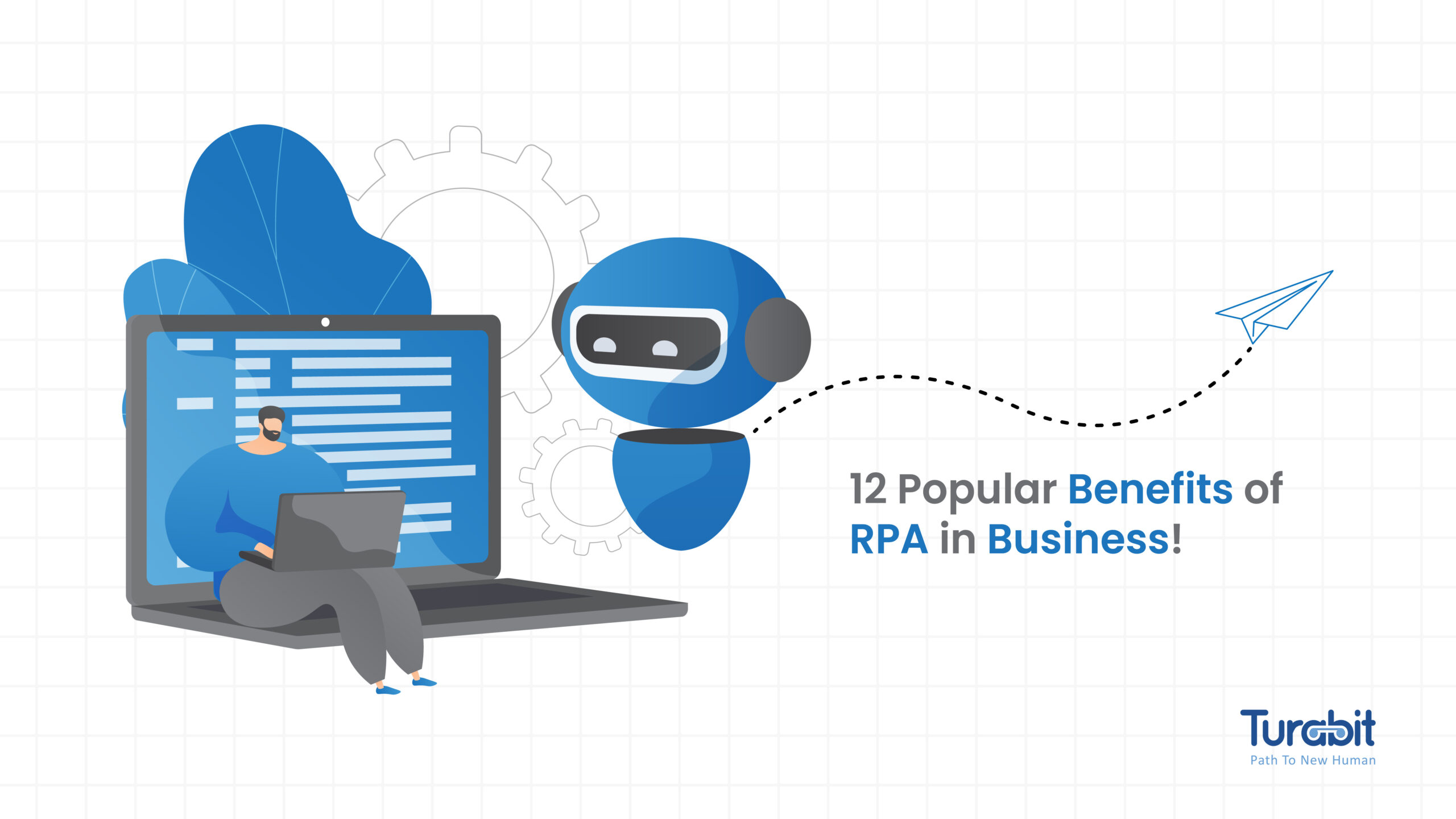All you need to know about Artificial Intelligence (AI)
The definition of artificial intelligence (AI) is the ability of a machine or computer to mimic or imitate human performance. This article describes the fundamentals of AI and its different types.
Precisely what is Artificial Intelligence (AI)?
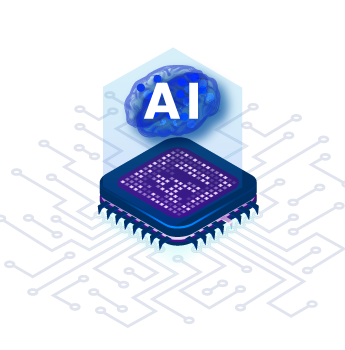
Computers and machines can imitate or mimic the capabilities of humans with Artificial Intelligence (AI).
Machines can think, sense, comprehend, plan, act, and learn like people using artificial intelligence (AI). Artificial intelligence systems perceive the environment, recognize objects, make decisions, solve complex problems, learn from past experiences, and mimic patterns using multiple technologies. By combining these abilities, you can use face recognition to unlock device screens or drive a car.
Several cutting-edge technologies are shaping the AI landscape. These include machine learning, natural language processing, and computer vision.
Developing each technology independently is not beneficial for businesses. Still, when combined with other technologies, data, analytics, and automation, they can enhance customer service, optimize supply chains, and make businesses more competitive.
What is the process of AI?
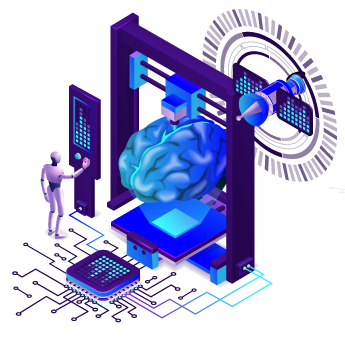
First, AI systems accept data inputs such as speech, text, images, etc. They then apply various rules and algorithms that interpret, predict, and act on this data. When the data input has been processed, the system provides a result based on the data input, i.e., success or failure. The system adjusts the input data, rules, algorithms, and target outcomes based on its assessments through analysis, discovery, and feedback.
The loop will continue if the desired result isn’t achieved.
An overview of AI’s components
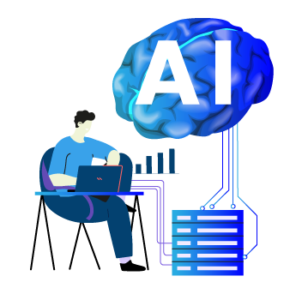
The concept of intelligence stretches beyond just being able to comprehend the surroundings. For it to qualify as artificial intelligence, all its components must work together.
Let’s examine the key elements of AI.
1. Machine learning:
AI applications based on machine learning are capable of learning from and improving upon past experiences without the need for explicit programming.
2. Deep learning:
Artificial neural networks are used to process data in deep learning, a subset of machine learning.
3. Neural networks:
A neural network is a computer system designed to perform deep learning by mimicking neural connections in the brain.
4. Cognitive computing:
Using human language and understanding images, cognitive computing emulates and improves human-machine interactions by recreating the thinking process in a computer model.
5. Natural language processing (NLP):
A natural language processing tool facilitates computer recognition, interpretation, and production of human speech and language.
6. Computer vision:
Images (graphs, tables, PDF pictures, and videos) are interpreted by computer vision by using deep learning and pattern identification.
Variants of AI
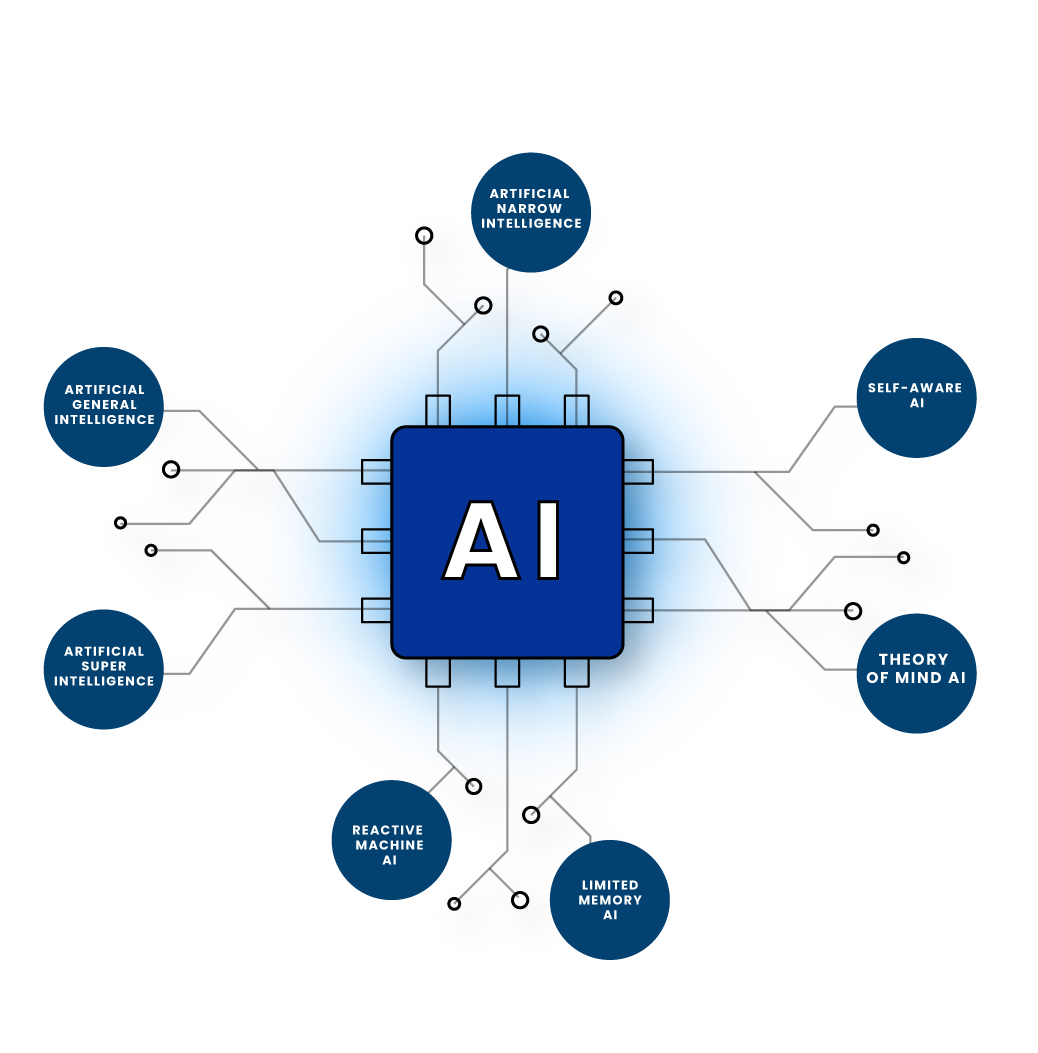
AI is generally divided into two types: artificial intelligence, which is capable, and functional artificial intelligence. Let’s take a closer look at each type.
To understand the types of AI, we must first look at their capabilities.
1. Narrow AI
Specific AI, such as Siri on Apple’s iPhone or IBM’s Watson supercomputer, is known as narrow AI. This type of AI is goal-oriented and trained to perform a specific task. As well as being known as weak AI, narrow AI operates within a set of parameters, constraints, and contexts. The little AI category includes use cases like Netflix recommendations, e-commerce purchases, autonomous cars, and speech & image recognition.
2. General AI
As the name implies, general AI is an artificial intelligence version that performs intellectual tasks efficiently and intelligently, just like a human does. General AI aims to develop a system that can think for itself. Currently, general AI is still being researched, and efforts are being made to create machines that can perform cognitive tasks more effectively.
3. Super AI
In super AI, human intelligence is surpassed, and machines can perform tasks better than humans. Currently, excellent AI represents the future of artificial intelligence. It allows devices to think, reason, solve puzzles, make judgments, learn, and communicate independently.
4. Reactive machines
The primary AI type, reactive devices, do not store past experiences or memories to make future decisions. Among these systems are IBM’s Deep Blue system and Google’s AlphaGo, which focus on current scenarios and respond based on the best move.
5. Limited memory machines
Autonomous vehicles, for example, can monitor speed, distance, speed limits, and other relevant information to navigate through traffic. Memory machines can store and use data and experiences for a limited amount of time.
6. Theory of mind
This type of AI development is not yet complete, but it is expected to be completed very soon. The theory of mind refers to artificial intelligence that can understand human emotions and beliefs and interact socially like humans.
7. Self-aware AI
This refers to brilliant machines capable of expressing their feelings, sentiments, emotions, and beliefs in a self-aware way. The development of self-aware artificial intelligence is still a long way away, but efforts are being made to make it a reality. Such systems are expected to outperform human minds in tasks.
Conclusion
We hope you found this article interesting and helpful. Stay tuned for the latest AI updates and more insightful blogs on Artificial Intelligence (AI).
Connect with our experts today and consult your queries on how you can leverage Artificial Intelligence to level up your business.


